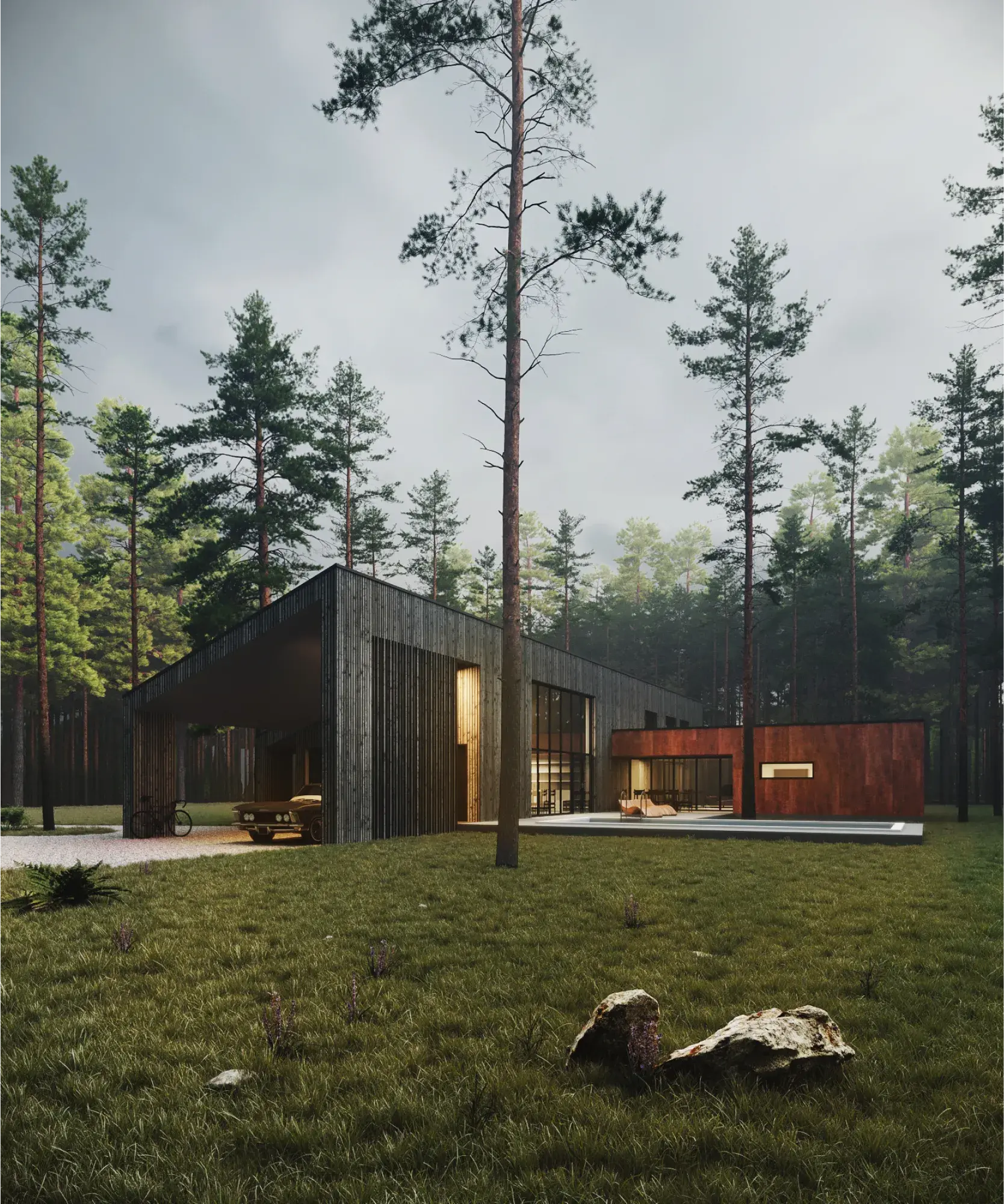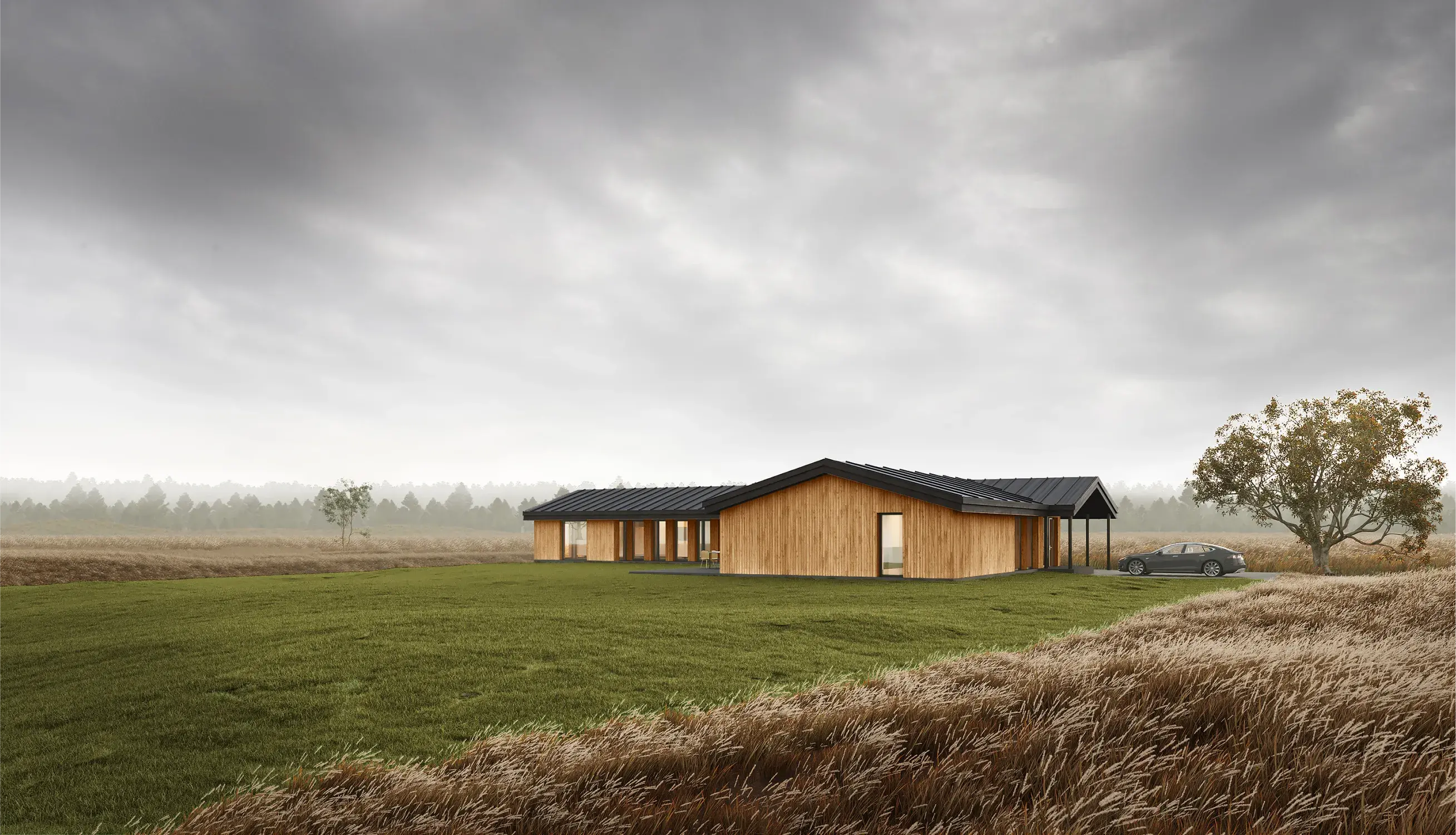3D rendering is an essential tool for architects, interior designers, and real estate developers, as it allows them to present their projects in a realistic and visually appealing manner. However, the cost of 3D rendering can vary greatly depending on a number of factors. Understanding these factors can help you to budget for your project and to choose the right 3D rendering studio for your needs.
One of the main factors that affects the cost of 3D rendering is the complexity of the project. Simple interior renders, such as a single room with minimal furniture and lighting, will typically be less expensive than more complex projects, such as a fully furnished multi-story building with detailed lighting and textures. The same applies to exterior renders, a single building with minimal landscaping and lighting will be less expensive than a fully landscaped community with detailed lighting and textures.

Another factor that affects the cost of 3D rendering is the level of detail required. The more detailed and realistic the render, the more expensive it will be. This is because more detailed and realistic renders require more time and effort to create, and also require more powerful software and hardware.
The software and hardware used also affect the cost of 3D rendering. Some studios use more expensive software and hardware, which can increase the cost of the render. However, it also means that the render will be of higher quality.
It's also worth noting that different studios have different pricing structures. Some studios charge by the hour, while others charge by the project. Some studios also offer package deals, which can include multiple renders or a combination of renders and animation.
It's difficult to give approximate prices as the cost of 3D rendering can vary greatly depending on the factors mentioned above. It's always worth discussing your project with a few different studios to see what they can offer and at what price, and choose the one that best fits your needs and budget.
